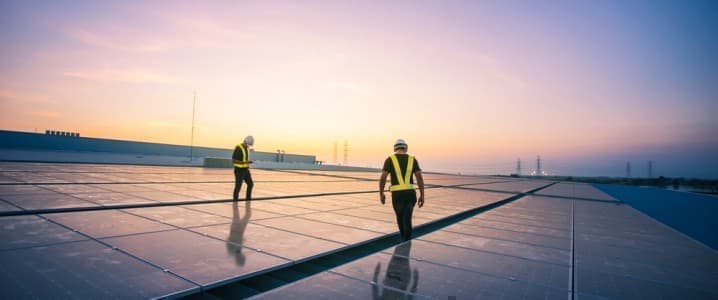
The adoption of balcony solar technology is rapidly increasing as households seek innovative ways to reduce energy costs. With governments worldwide investing in renewable energy, the solar power sector has seen unprecedented growth, particularly in small-scale applications. In 2022, residential solar energy systems in the U.S. produced a remarkable 64 percent of all electricity generated from small-scale solar installations, fueling consumer interest in alternative energy solutions.
The concept of balcony solar allows residents, especially those in urban settings with limited space, to harness solar energy effectively. These small solar panels can be mounted on balconies or terraces and plugged directly into standard power sockets, eliminating the need for professional installation. In Europe, this technology has gained traction in countries like Germany, France, Italy, and the Netherlands. Consumers are increasingly motivated to switch to renewable energy sources to mitigate rising energy bills.
Growing Popularity of Small-Scale Solar
Developed from the first silicon photovoltaic (PV) cell created in 1954, solar technology has significantly advanced. Efficiency rates for PV cells have climbed from around 14 percent in the 1990s to approximately 23 percent today. This improvement, coupled with investments in the solar sector, has lowered costs, making solar panels more accessible to consumers globally.
In Germany alone, around 1.5 million apartments are now equipped with balcony solar systems. Official statistics indicate that approximately 220,000 PV devices were installed in the country during the first half of 2024. The German government has been proactive in encouraging solar adoption, offering feed-in tariffs that provide fixed payments for electricity generated and fed back into the grid. However, safety regulations restrict balcony solar units to a maximum output of 800 watts.
Despite its popularity in Germany, the U.K. has not yet embraced plug-in solar technology. Current regulations mandate that solar systems must be installed by professionals, primarily due to safety concerns regarding unregistered systems connecting to the electricity grid. Nevertheless, the U.K. government has announced plans to conduct a safety study aimed at exploring the potential for plug-in solar installations. The goal is to triple the nation’s solar capacity by 2030, which could significantly enhance energy access for renters and those in smaller homes.
Gemma Grimes, director of policy at Solar Energy U.K., explained, “The restrictions on plug-in solar technology are due to various considerations, including aesthetics, structural safety, and consumer safety. Practical issues, such as the location of electrical sockets and cable protection, also play a role.” Grimes noted that while the U.K. is keen to learn from continental experiences, the unique characteristics of the British electrical system present challenges.
Challenges and Opportunities in the U.S. Market
In the United States, the absence of official safety standards for balcony solar has hindered its uptake. Regulators emphasize that the American electrical infrastructure differs significantly from that of Germany, complicating the implementation of similar models. For instance, the lack of ground fault circuit interrupters in U.S. appliances raises concerns about electric shock risks.
Despite these challenges, some states, such as Utah, are beginning to explore legislation to promote the adoption of plug-in solar technology. This shift could pave the way for broader acceptance and integration of balcony solar systems across the country.
As consumers continue to seek sustainable energy solutions, the growth of balcony solar power represents a significant opportunity for individuals living in urban environments. With ongoing advancements in solar technology and changing regulations, many households may soon benefit from this innovative energy source, helping to reduce dependence on traditional fossil fuels while promoting a greener future.






